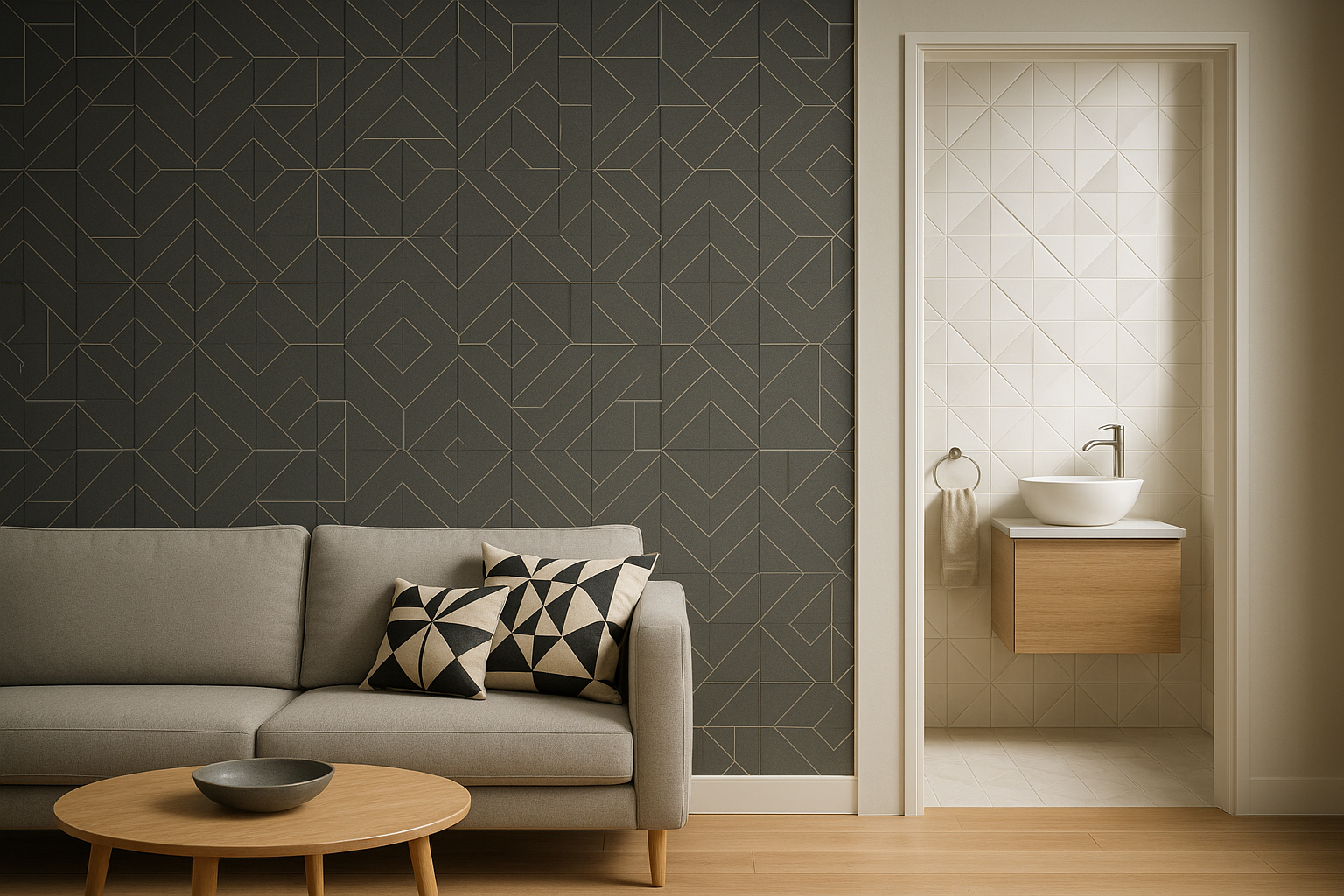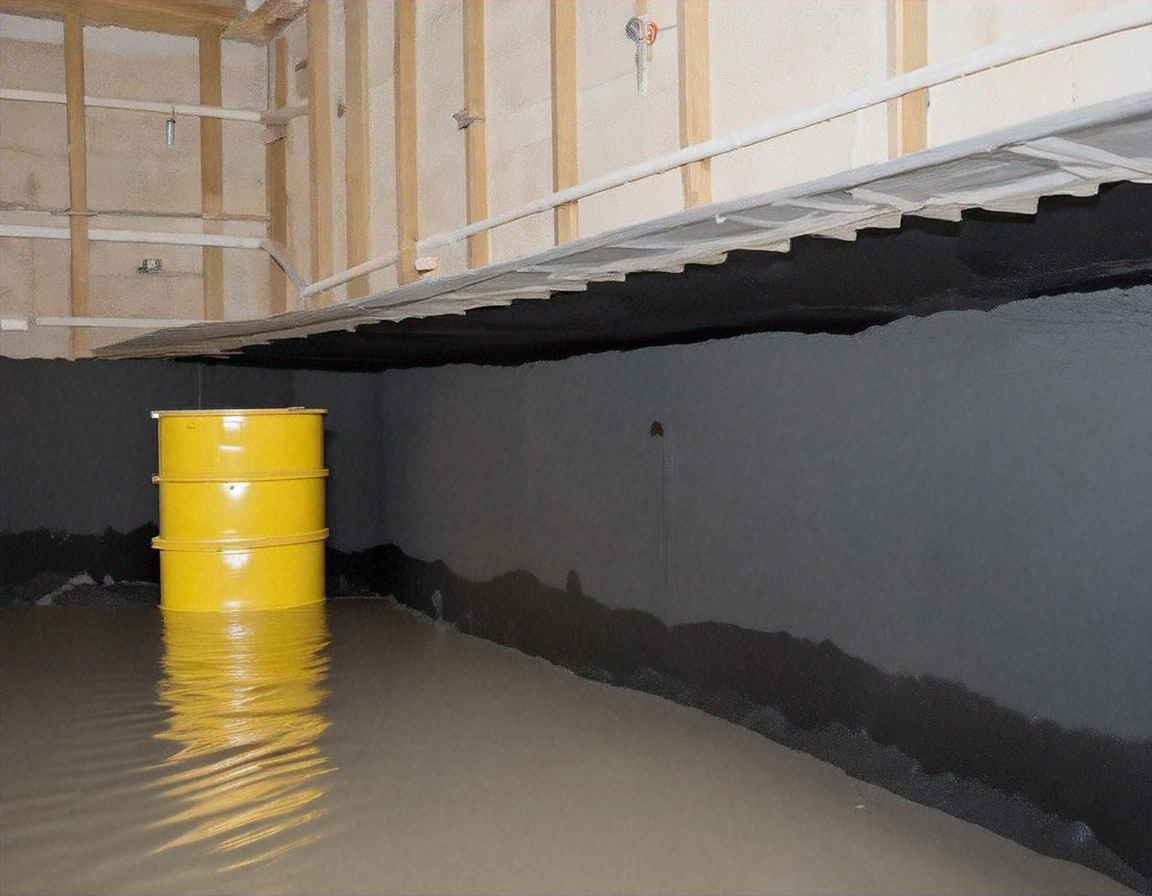Upgrade Your Living Space: The Power of New Furniture to Redefine Your Home
Your home is more than just a place to live—it's a reflection of your personality, lifestyle, and comfort. The furniture you choose plays a crucial role in shaping the atmosphere and functionality of every room. Whether you're looking to refresh a single space or transform your entire home, new furniture has the power to redefine how you experience your living environment, creating spaces that inspire, relax, and welcome.

Furniture is the foundation of interior design, influencing not only the aesthetic appeal of your home but also its comfort and practicality. Investing in new pieces can breathe fresh life into tired spaces, improve functionality, and even boost your mood. Understanding current trends, timeless styles, and how to select the right pieces can help you make informed decisions that elevate your living space for years to come.
What Are the Latest New Furniture Trends?
The world of furniture design is constantly evolving, blending innovation with functionality. Recent trends emphasize sustainability, with many manufacturers using reclaimed wood, recycled metals, and eco-friendly fabrics. Minimalist designs continue to dominate, featuring clean lines, neutral palettes, and multifunctional pieces that maximize space without sacrificing style.
Another prominent trend is the integration of natural materials and organic shapes. Curved sofas, rounded coffee tables, and furniture with soft edges create a more inviting and comfortable atmosphere. Textured fabrics like bouclé, velvet, and linen add depth and warmth to modern interiors. Modular furniture systems are also gaining popularity, allowing homeowners to customize configurations based on their changing needs and spatial constraints.
Smart furniture is emerging as well, with built-in charging stations, adjustable features, and space-saving mechanisms. These innovations cater to contemporary lifestyles where flexibility and technology integration are paramount. Earthy tones, including terracotta, sage green, and warm beige, dominate color trends, bringing a sense of calm and connection to nature indoors.
How Do Different Sofa Styles Transform Your Space?
The sofa is often the centerpiece of a living room, and choosing the right style can dramatically alter the room’s character. Sectional sofas are ideal for larger spaces and families, offering ample seating and the flexibility to reconfigure layouts. They work particularly well in open-plan homes where defining separate zones is important.
Mid-century modern sofas, characterized by tapered legs, clean lines, and button-tufted cushions, bring a timeless elegance to any room. These pieces pair well with both contemporary and vintage décor, making them versatile investments. Chesterfield sofas, with their deep button tufting and rolled arms, add a touch of classic sophistication and work beautifully in traditional or eclectic interiors.
For smaller spaces, loveseats and apartment-sized sofas provide comfort without overwhelming the room. Sleeper sofas offer dual functionality, transforming living areas into guest rooms when needed. Curved or rounded sofas are trending for their ability to soften angular spaces and encourage conversation by creating a more intimate seating arrangement.
Fabric choice also impacts the overall feel—leather offers durability and a refined look, while fabric upholstery in lighter shades can make spaces feel airier and more casual. Consider your lifestyle, room size, and existing décor when selecting a sofa style to ensure it complements rather than clashes with your vision.
Why Is Vintage Furniture Making a Comeback?
Vintage furniture has experienced a remarkable resurgence as homeowners seek unique, character-filled pieces that tell a story. Unlike mass-produced modern furniture, vintage items often feature superior craftsmanship, solid wood construction, and attention to detail that’s harder to find today. These pieces add personality and a sense of history to contemporary spaces.
Sustainability is another driving factor behind the vintage furniture trend. Choosing pre-owned or antique pieces reduces demand for new manufacturing, lowering environmental impact. Restoration and upcycling have become popular hobbies, allowing individuals to customize vintage finds to suit their personal style while preserving the original charm.
Vintage furniture also offers excellent value. Well-made older pieces can be more affordable than high-quality new furniture while often being more durable. Mixing vintage with modern elements creates an eclectic, layered look that feels curated and intentional rather than catalog-perfect. Mid-century pieces, Art Deco designs, and rustic farmhouse furniture are particularly sought after in today’s market.
When shopping for vintage furniture, inspect pieces carefully for structural integrity, check for signs of damage or wear, and consider reupholstering or refinishing to extend their lifespan. Online marketplaces, estate sales, and specialty vintage shops are excellent sources for discovering one-of-a-kind treasures.
What Should You Consider When Buying New Furniture?
Purchasing new furniture is an investment that requires thoughtful consideration. Start by measuring your space accurately, including doorways, hallways, and staircases to ensure pieces can be delivered and positioned properly. Consider the scale and proportion of furniture relative to room size—oversized pieces can make small rooms feel cramped, while too-small furniture can look lost in large spaces.
Quality matters significantly in furniture longevity. Examine construction details such as joinery methods, frame materials, and cushion density. Solid wood frames and eight-way hand-tied springs indicate superior quality in upholstered furniture. Check for sturdy hardware, smooth drawer glides, and stable legs on tables and chairs.
Functionality should align with your lifestyle. Families with children or pets might prioritize durable, stain-resistant fabrics, while those who entertain frequently may need flexible seating arrangements. Consider maintenance requirements—some materials need regular care while others are virtually maintenance-free.
Style coherence throughout your home creates visual harmony. While mixing styles can work beautifully, maintaining some common elements like color palette, material finishes, or design era helps create a cohesive look. Don’t rush decisions—live with paint samples and fabric swatches before committing to ensure they work in your lighting and with existing pieces.
How Can Furniture Placement Maximize Your Space?
Even the most beautiful furniture won’t serve you well if poorly arranged. Start by identifying focal points in each room—fireplaces, windows with views, or entertainment centers—and arrange seating to take advantage of these features. Create conversation areas by positioning sofas and chairs to face each other, ideally no more than eight feet apart.
Traffic flow is crucial for functionality. Maintain clear pathways of at least 30 inches through rooms, and avoid placing furniture where it blocks natural movement patterns. In dining areas, ensure chairs can be pulled out comfortably without hitting walls or other furniture—allow at least 36 inches between the table edge and walls or other obstacles.
Layering furniture at different heights adds visual interest and improves functionality. Combine tall bookcases with low coffee tables, floor lamps with table lamps, and wall art at varying levels. Use area rugs to define zones in open-plan spaces, ensuring they’re large enough that at least the front legs of furniture pieces rest on them.
Don’t push all furniture against walls—floating pieces can actually make rooms feel larger and more intentional. In bedrooms, center the bed on the main wall and flank with matching nightstands for symmetry. Balance is key, but perfect symmetry isn’t always necessary or desirable in creating dynamic, interesting spaces.
Conclusion
Transforming your living space with new furniture is about more than aesthetics—it’s about creating an environment that supports your lifestyle, reflects your personality, and enhances daily comfort. Whether you embrace current trends, invest in timeless sofa styles, or incorporate vintage pieces with history and character, thoughtful furniture choices can redefine how you experience your home. By considering quality, functionality, and placement alongside style, you can create spaces that truly feel like yours, inviting you to relax, connect, and thrive in an environment designed around your needs and preferences.




